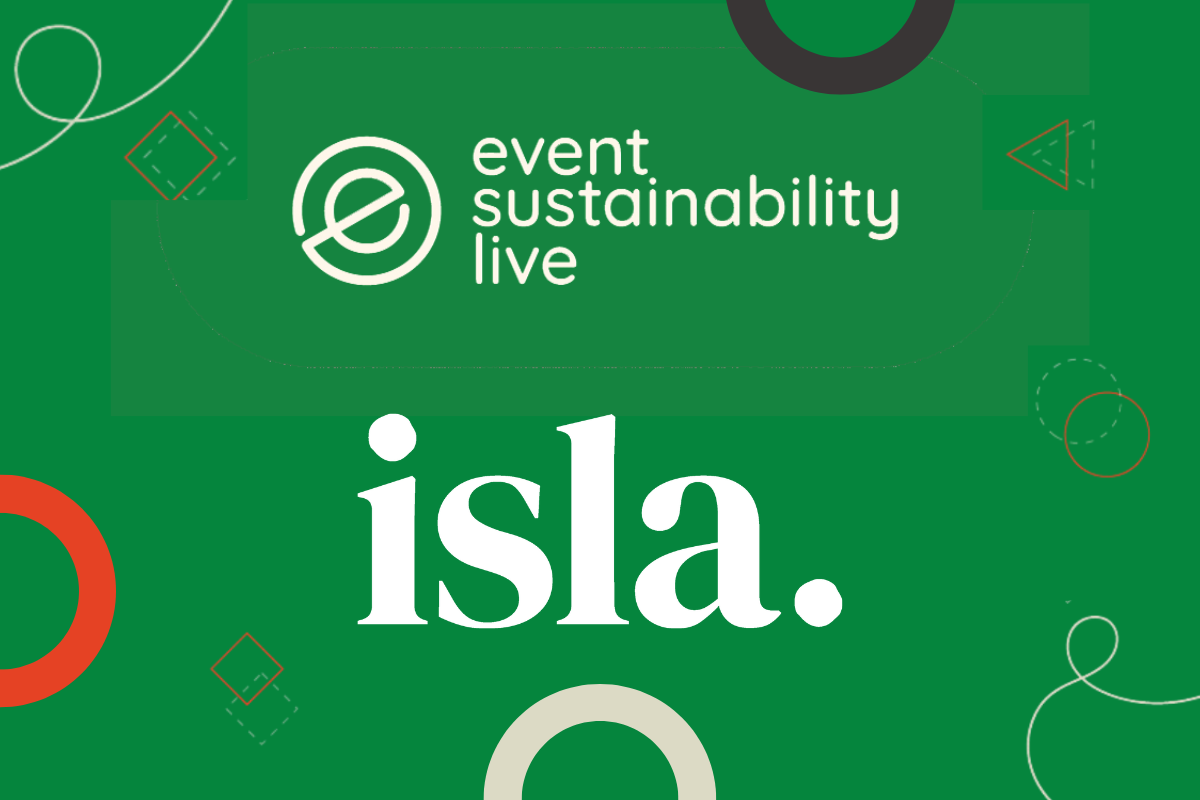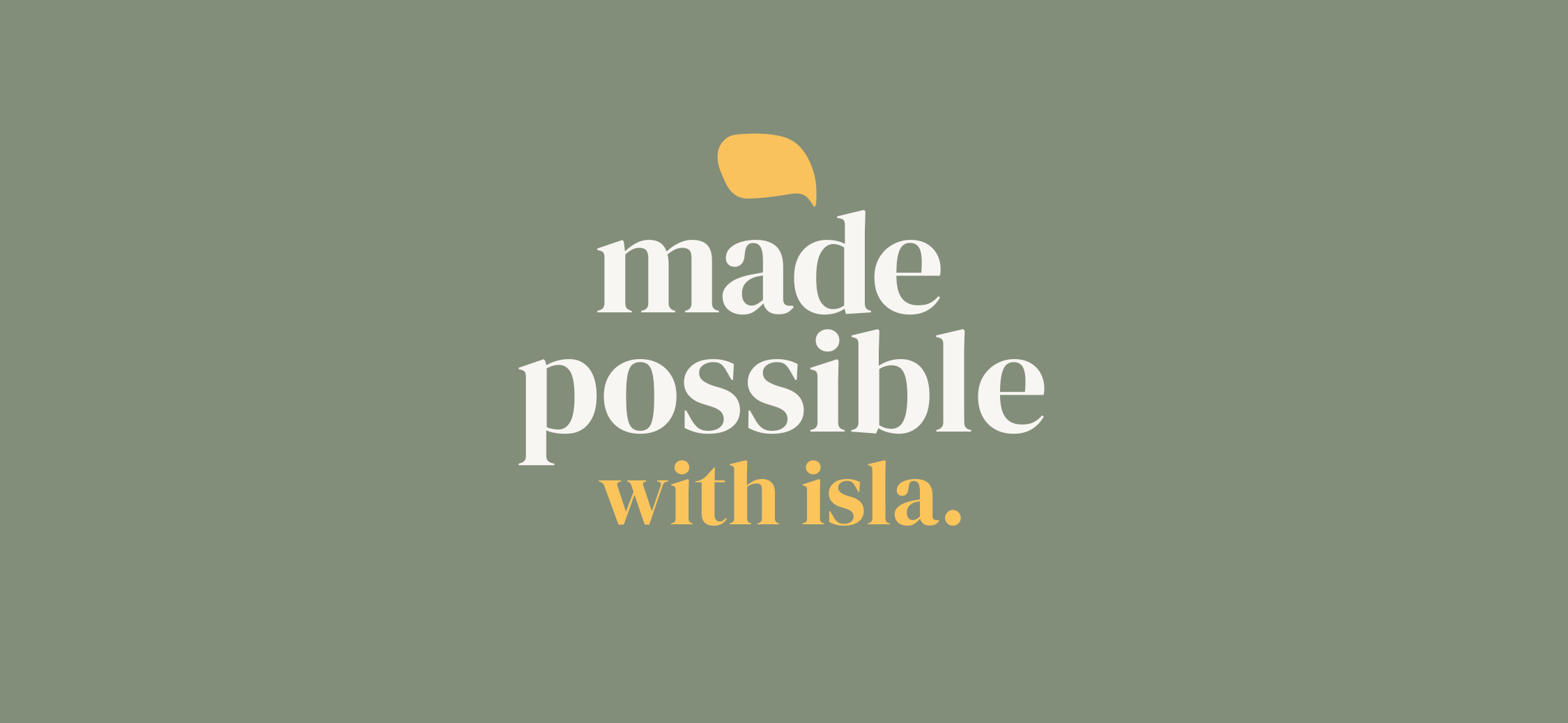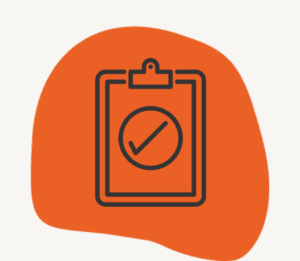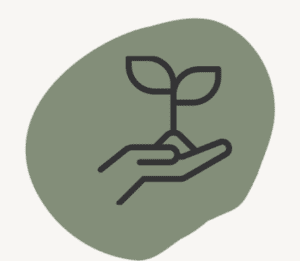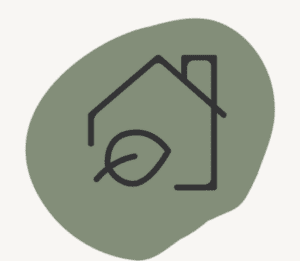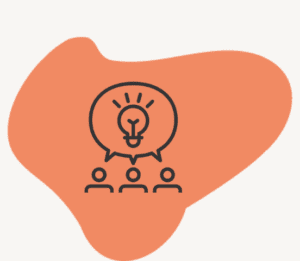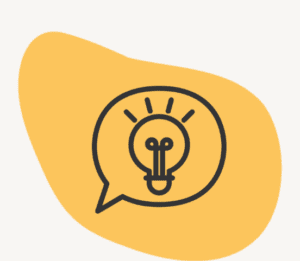16/10/2023
"Our approach to 3D printing has brought a lot of benefits to the business."
As part of our preparing for the single-use plastics ban series, we sat down with Nick Fagan, Creative Technologist at isla member and creative agency DRPG to understand the lessons learnt from delivering harnessing the power of 3D printing technology to print for purpose.

Can you tell us more about how DRPG started working with 3D printing technology?
Really our journey with 3D printing all began because we had big ideas for items that we just wouldn’t have been able to manufacture without the freedom a 3D printer affords. We’d noticed something of a communications gap with the incredible concepts we were designing as it’s tricky to explain how a big 3D exhibition stand, for example, will look and feel using 2D media. This technology helped us overcome that as, suddenly, we could talk around detailed 3D models instead. It was only once we got our process in place and the offering up and running that we began to see the huge range of sustainable benefits. Not only do we use recycled materials to create our 3D prints, and we’ve even experimented with printing reels made from recycled fishing nets, everything we print is fully recyclable too. Now, we can create really imaginative items using fully sustainable, recyclable materials, right here on-site at our HQ.
What were the biggest challenges in implementing the use of 3D printing for purpose (i.e. plastic recycling) at DRPG?
As with so many things, one of the biggest initial blockers was the financial investment required to get set up. Though, I will say, once we started really looking into it, bringing 3D printing in-house was not as expensive as we had thought. Perhaps the less obvious challenge was around skills. If you want to create something show-stopping, it’s not about downloading a design, clicking print and hoping for the best. We were already better than that, but getting to where we are now demanded some upskilling. Conveniently, a few members of our creative team, myself included, were already passionate about the tech. I had a 3D printer at home, so the passion and basic knowledge was there. We already had people in-house who are highly skilled when it comes to producing 3D drawings and plans too, so the real learning was focused on applying those technical skills to the 3D printing process.
How did you transition to using the 3D printer for general purposes to using it for recycling plastic waste at events?
Honestly, we’ve not made that transition. And for us, there really is no need to either. There are so many possibilities when it comes to 3D printing that committing to only recycling plastic waste at events would just narrow our scope and reduce what we can offer. Instead, we open our service up to practically any application. Production of small items like awards and table centres might be your first thought, but we can use 3D printing for large-scale projects too. We apply it to set construction and the build of scenic items. The beauty of the technology is its adaptability, so we use it wherever it works. The key for us is that we are using sustainable methods and recycling materials wherever we can. If that’s as part of a campaign, for a pitch or as part of a live event, then that’s fine by us.
What are some of the ways you repurposed recycled plastic waste using the 3D Printer?
It always surprises but once you think about it, it seems obvious; one of the simplest ways to repurpose plastic waste using the 3D printer is to reuse wasted 3D prints. The technology isn’t perfect so, from time to time, we’ll get misprints, or we’ll come up with new iterations of previous designs, and we always have the support structures that are printed around our final items, but nothing will ever go in the bin. Instead, we’ll process those items into the reel we use to print. In that process, our only commodity is electricity, and that’s created as sustainably as possible using the solar panels housed on the roof of our HQ.
Did you find that clients, venues etc were supportive of the above initiative?
People love the idea! Every client we’ve spoken to about 3D printing has been supportive of the initiative in every aspect and part of that, I think, is down to the fact we’re so much more than a 3D printing supplier. As we’re a one-stop, full-service agency, we can not only offer 3D printed items, but build that sustainable approach through our clients’ entire event narrative. For them, that means sustainability is more than a token gesture or a single ‘wow’ moment in their event. For us, it means more opportunities to get creative and build this tech into multiple aspects of their events. Using recycled materials to print awards is just the beginning.
What were the unexpected wins from the above?
Our approach to 3D printing has brought a lot of benefits to the business. For one, there is a strong return on investment as the cost to produce some quite innovative items is significantly lower than their value to our clients. Reusability when it comes to design has reduced workload as we’ve become more established and implementing other technologies like AI to monitor production for faults has reduced that human workload yet again. Internally, we’ve found there’s nothing quite like a scale 3D model to show clients your plans and, best of all, it can be fully repurposed once the pitch is over.
The most important benefit for us, though, lies in how this technology makes accessibility simpler for both us and our clients. Take braille, for example. We can now add braille to any object with ease, and without extra cost. Plus, we can print braille labels to add to non-3D printed items too. As we’ve already learnt, 3D models are easier for most people to understand than 2D alternatives. Plus, any tactile, 3D item is easier for people with visual impairment to picture. There are endless ways the technology can make what we do more accessible, and we plan to use it for just that purpose. These are just a few ideas we’re exploring right now. We know there are plenty more still to discover.
Do clients regularly request the 3D printer for events, or is this something you offer as standard?
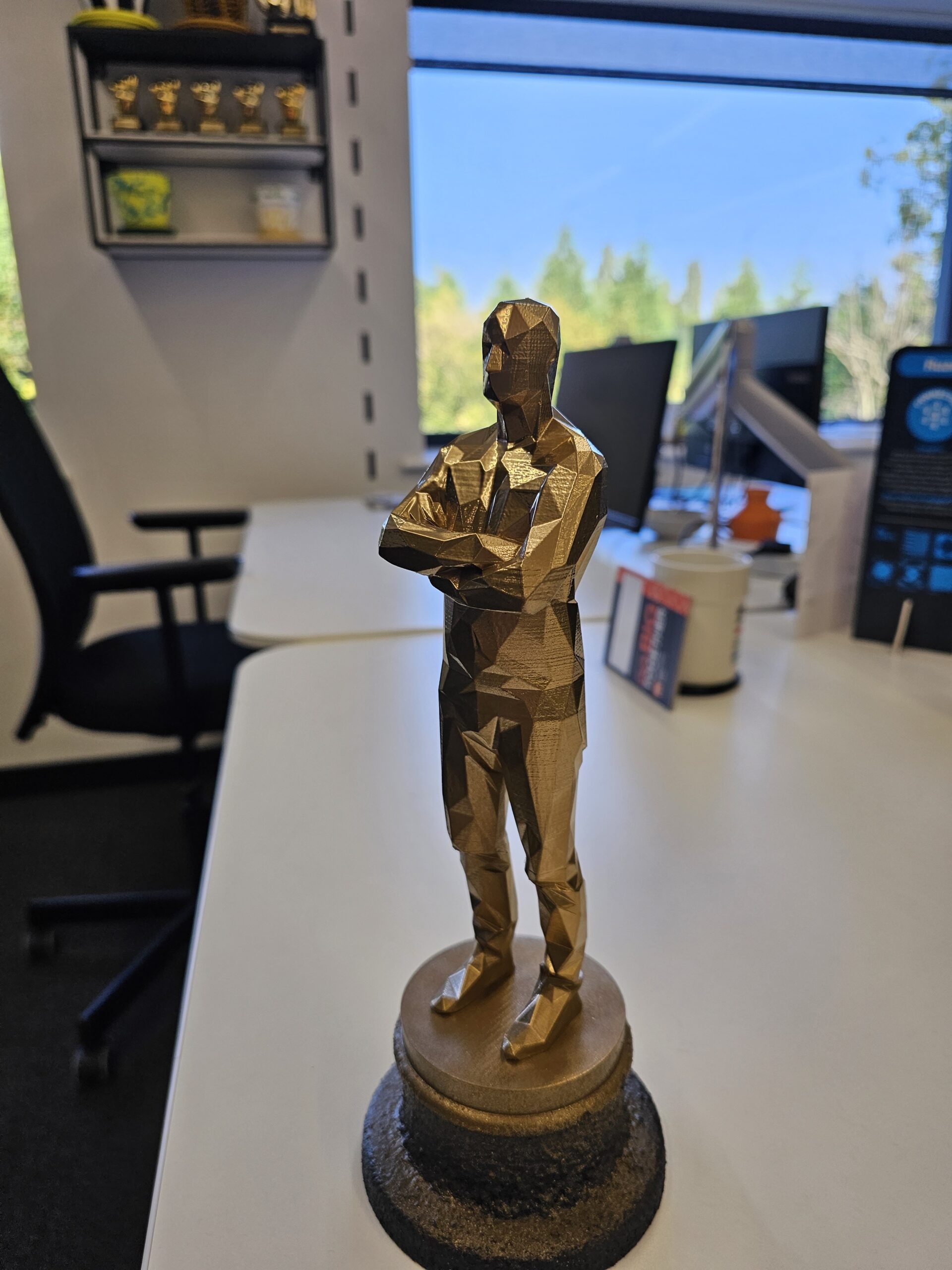
As a rule, there’s no tech we offer as standard. That’s because no event, no client, no need is really the same as another, so offering a standard solution serves no-one particularly effectively. Instead, we select bespoke technology and apply it to specific needs, so where 3D printing fits a brief, we’ll make sure to recommend it. For many clients, 3D printing actually seems irrelevant at first. They might think of it as an older technology and assume it just doesn’t apply to their project, but we work hard to identify new ways to make the ‘old’ tech work for them. It’s a misconception that goes beyond 3D printing that new innovations are always better. But as tech ages, it often improves through research and development too, and that’s definitely something we’ve found with 3D printing.
What other innovations have DRPG tried in relation to reducing the impact of plastic waste/use of single-use plastics?
As an agency that’s really committed to sustainability, we’re always investigating ways to reduce plastic waste in every part of our business. We know that all starts with our people, so here in our HQ we have a blanket ban on all single-use plastics. We’ve taken that one step further by planting our own apple trees just a hop, skip and a jump beyond our front door. That reduces the plastics we bring on-site through catering and cuts down food miles too as our apples go from tree to team room in a matter of minutes.
In the work we do for clients, we always take the time, and put in the research, to offer alternatives to any plastic-based solutions. Often that means using Re-board rather than the more popular Foamex because it’s just so much kinder on our environment. Plus, we encourage the whole team to suggest new ways we can reduce waste. So, our construction team is to thank for our recent switch to reusable cable ties – it’s really surprising how much plastic waste that saves for a large event agency like DRPG.
The ban on single-use plastics in England came into effect on October 1st 2023. What 3 pieces of advice would you offer to event teams in terms of implementing changes for it, based on your experience of using 3D printing technology?
The number one piece of advice we’d give to anyone looking to reduce their use of single-use plastics is to start at home. Stop using them yourself, then stretch that out to your workplace. Make it a single-use plastic free zone and the change will catch on faster than you think. Since instating our own ban, we’ve seen both our people and those visiting for events really take notice of their consumption. Now, we even include a note on the ban in all joining instructions for events in our studios to make sure visiting clients, delegates and colleagues think of re-usable options first.
Second, we always ask, ‘Does it need to be physical?’. Events are experiences, and the very best ones can be achieved without physical products for audiences to take away. Receiving some branded plastic is less of a bonus than it used to be now that so many are clued up on sustainability, so often a more sustainable option does better for both your brand and the planet. Look at biodegradable giveaways for instance, or, even better, seek out digital gifts like new LinkedIn profile photos to be sent straight to your delegates.
Finally, collaborate! The best ideas won’t always come from the top and they won’t always come from inside your events team either. Ask your IT team what you could do to streamline the tech behind an event, ask your caterers how you could go plastic-free, ask around for venues and entertainment acts that are already cutting the plastic from their offering. The more we learn from others, the better we’ll become, so get out there and start asking questions.
Read more:
The single-use plastics ban in England: what will it mean for event teams?
How to prepare for the single-use plastics ban – lessons from Davos with Jimmy Garcia
Our latest news




